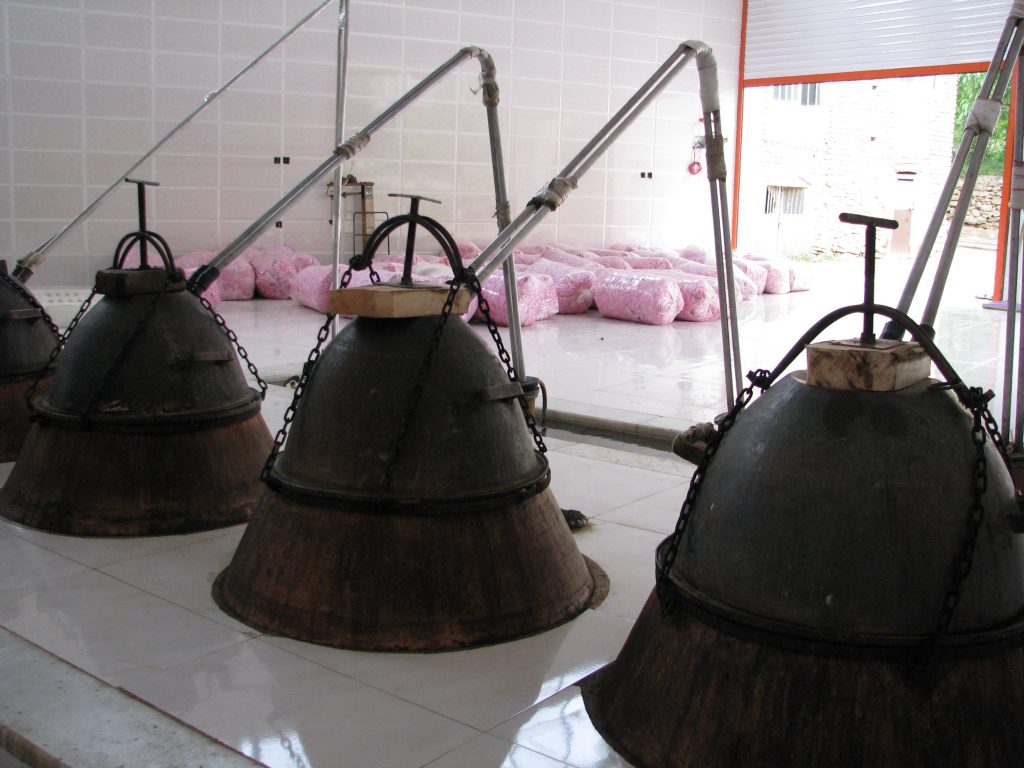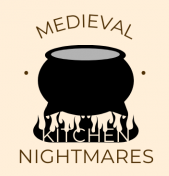Ahoy!
I just finished reading an interesting article about the possible origins of distillation, so I thought I would share. In Ancient Distillation and Experimental Archaeology about the Prehistoric Apparatuses of Tepe Gawra, Maria Rosaria Belgiorno attempts to confirm M. Levey’s 1950 theory about the use of Late Chalcolithic, the transitional period in between the Neolithic and the Bronze Age, or the Copper Age. The Chalcolithic spanned a period of the late 4th to the 3rd Millenium BC. This idea theorized that the strangely shaped ceramics pots that were found in Tepe Gawra, where Mesopotamia once stood, were possibly used for the distillation of perfumes, essential oils, medicine, and alcohol.
A recreation of the alchemical paraphernalia from different layers/eras that were recovered from the site (Figure 1.), using local clay and basic techniques so as to recreate the fabrication processes as accurately as possible, were made using the basic principles of similar but more modern equipment used in Iran (Figure 2.) to fill in the gaps left in the archeological record from the missing pieces.


Figure 2. Distillation Equipment Used in Iran
Additionally, since Levey’s formulation of his hypothesis in the 1950s, similar pots have been found at multiple other sites. His theory, if confirmed, would also explain the rich findings of burial goods in a resource poor area.
All in all an exciting experiment that yields some interesting results, proving once again that pot sherds, which were once tossed aside as useless debris by most, can yield surprising cultural processes of a time long past.
Read it here: ExArch Distillation Experiment
